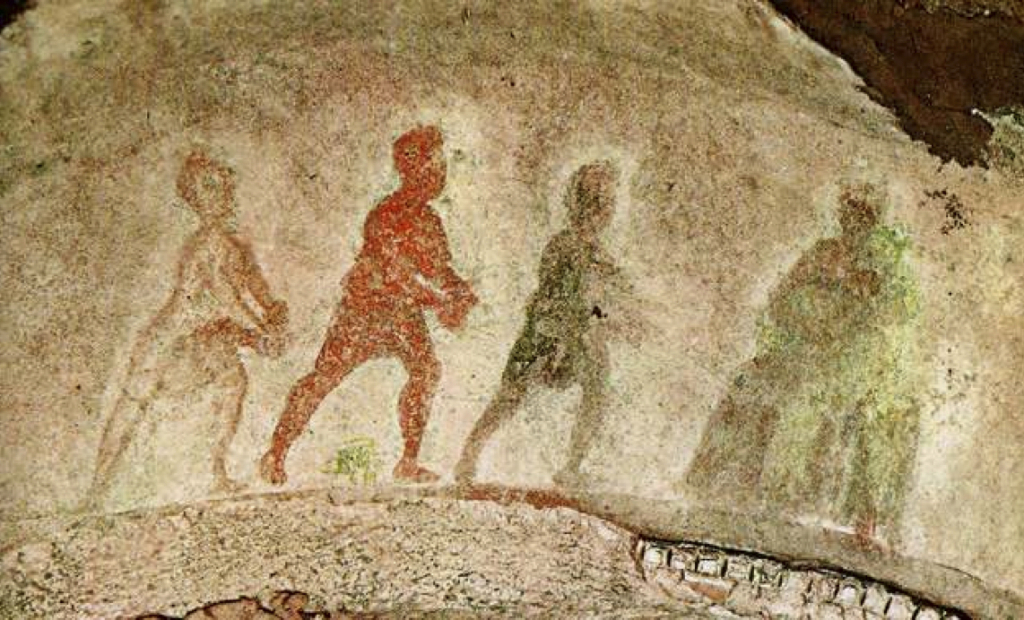You know that nativity set that sits in your house? If you’re a little bolder, maybe it sits on your lawn.
It’s older than you think. At least, part of it is.
Most nativity sets today are really the combination of three streams of art. The center is what used to appear in paintings entitled “Madonna and Child.” It depicts the infant Christ with Mary and sometimes Joseph. Off to one side you have the shepherds, which appeared separately in paintings called “the adoration of the Shepherds.” And then comes the really interesting part. The adoration of the Magi.
If you caught our Epiphany Kit in 2016, you may have seen how interesting the Magi are. But their legends only tell part of the story. The magi as we find them in our nativity scenes are actually the result of centuries and centuries of artistic development. Everything from their posture to the style of their caps can be traced throughout the centuries.
The progression and development in the pictures is fascinating. Over time we see their caps become crowns, we see them take on different ethnic traits, and we see their posture change. These kinds of developments are worth considering, and Karen Bowden Cooper, former curator of the Kelso Museum of Near Eastern Archaeology at the Seminary, has highlighted some of these developments and their significance in an excellent ebook entitled “A Journey with the Magi” which looks at the changes to the magi in Christian art.
To me, perhaps the most interesting thing is the consistency of their depiction. Throughout history, almost every picture you see shows three magi. Naturally this coincides with the number of gifts, but I still find it interesting that artists don’t imagine two magi, each with all three gifts, or six magi with one gift per pair, or any other configuration. Throughout history, we have settled on the idea that there were three of them, one per gift.
Another constant is that the magi are usually depicted as having travelled quite a distance. Again, Scripture doesn’t tell us exactly where they come from. They’re just “from the East.” Think about conversations you have with people you meet. Here in Pittsburgh, someone who says “I’m from back East” usually means New England, not Asia. Yet we have historically connected this word “magi” with the word “East” and chosen to depict the magi as visitors from a distant country.
Scholars are divided on who the magi were, how many there may have been, and where they came from. Artists, however, are not. Music, sculpture, and painting usually show us three magi from a distant land. Scholars are interesting, but in this case, I like the artists.
If you want to read more, or don’t want to choose between scholarship and art, you owe it to yourself to check out Dr. Bowden Cooper’s ebook “A Journey with the Magi.” You get scholarly and artistic insights combined in a way that could only exist in a museum curator.
As you pack up your nativity set this year, let yourself spend an extra second or two looking at those three little wise men, and appreciate the centuries of history that have given them to you.
The Rev. Derek Davenport ’05/’17 is a PTS alumnus of the Master of Divinity (MDiv) Program and Master of Sacred Theology (ThM), between which he served at a church in Orlando, Fla., for five years. Derek also participated the Seminary’s Miller Summer Youth Institute. He serves as a preacher in Western Pennsylvania, researches church symbolism on his website, and tweets at @DerekRDavenport.
(Updated 12/21/17)

